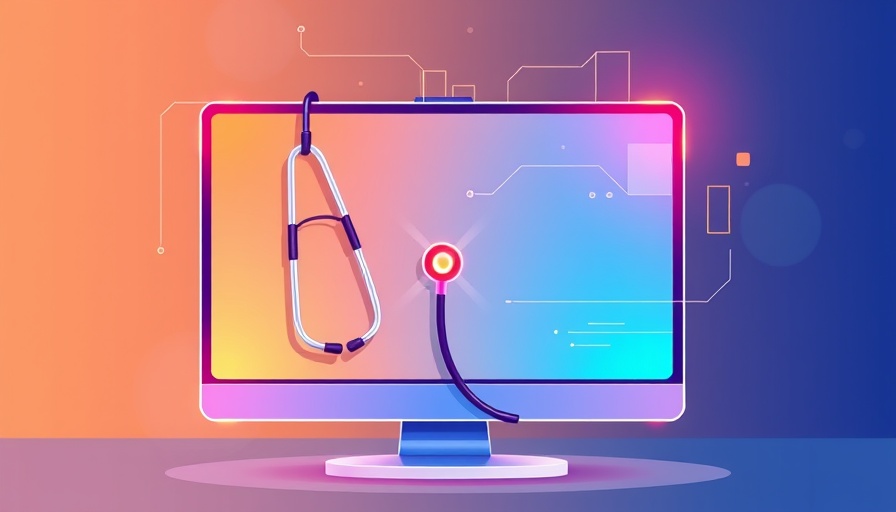
Exploring the Impact of AI on Health Tech Leadership
In an era where technology meets healthcare, the integration of Artificial Intelligence (AI) has radically transformed how health tech businesses operate. With pressing demands and the necessity for precision in patient care, leaders in this industry are discovering the benefits of AI in making critical decisions, optimizing performance, and thus saving lives.
The Essential Role of AI in Decision-Making
A key area where AI has made strides is in data analysis. Healthcare leaders, including those running startups, are utilizing advanced AI algorithms to sift through vast amounts of data swiftly. This capability allows them to identify trends or anomalies that human analysts might overlook. By leveraging AI, companies like these can make informed decisions that can have life-saving implications.
AI's Contribution to Efficient Patient Management
AI tools are also enhancing operational efficiency. They can streamline appointment scheduling, automate sensitive patient communications, and manage resource allocation. By alleviating administrative burdens, healthcare professionals can focus on what truly matters—providing exceptional patient care. For small business owners in health tech, this means resources can be directed toward innovation and improved service delivery.
Predictive Analytics: Shaping Future Outcomes
One of the most compelling applications of AI in health tech is predictive analytics. These advanced systems use data patterns to forecast patient outcomes, allowing healthcare providers to intervene preemptively. Whether through predicting patient readmissions or identifying at-risk populations, the implications are profound. Leaders in health tech can enhance their strategic planning by integrating predictive analytics, ensuring they are prepared for future challenges.
AI Ethics: Navigating the Challenges
While AI presents notable advantages, it also raises ethical concerns. Questions about data privacy, algorithmic bias, and the challenge of ensuring transparency in AI decisions are critical. Industry leaders must prioritize ethical considerations, implementing standards that safeguard patient data while harnessing the power of AI technologies.
Real-World Success Stories: Lessons from Innovators
Several cutting-edge companies are at the forefront of integrating AI into health tech. For instance, organizations harness machine learning algorithms to expedite the drug discovery process significantly. These innovations demonstrate not only how AI can revolutionize healthcare but also how health tech leaders can build sustainable, impactful businesses that address pressing needs.
Future Predictions: The Evolution of AI in Health Tech
The future of AI in health tech looks promising. Experts predict that as technology continues to evolve, AI will play an increasingly integral role in personalized medicine, enhancing treatment plans tailored to individual needs. Entrepreneurs and small business owners who embrace this trend will likely find opportunities in emerging markets.
Your Role as a Leader: Embracing AI
For consultants and coaches in the health tech sector, understanding the potential of AI is crucial. As businesses adapt to these technological advances, guiding clients through implementing AI tools can position them for success. Leaders should embrace AI not only for its operational efficiency but also for its potential to enhance patient care.
In conclusion, AI's role in health tech is not just a passing trend; it is quickly becoming essential in the industry's landscape. By leveraging AI, health tech leaders can transform their decision-making processes, optimize patient management, and prepare for the future of healthcare. If you're in this field, it's time to explore the possibilities of AI and capitalize on the innovations it offers.
To stay ahead in this rapidly evolving sector, consider how AI can fit into your strategy. Engage with the latest technologies and commit to prioritizing ethical standards in your operations. Make AI a cornerstone of your business plans, and watch as it opens up new pathways for growth and success.
 Add Row
Add Row  Add
Add 




Write A Comment